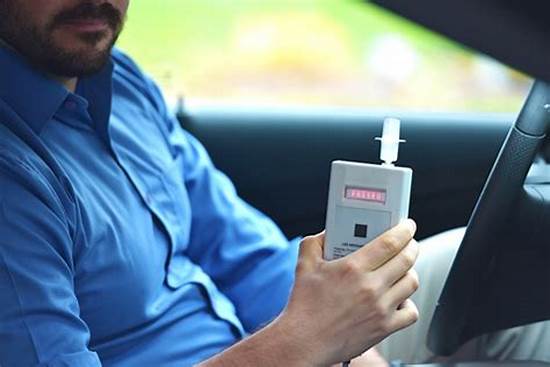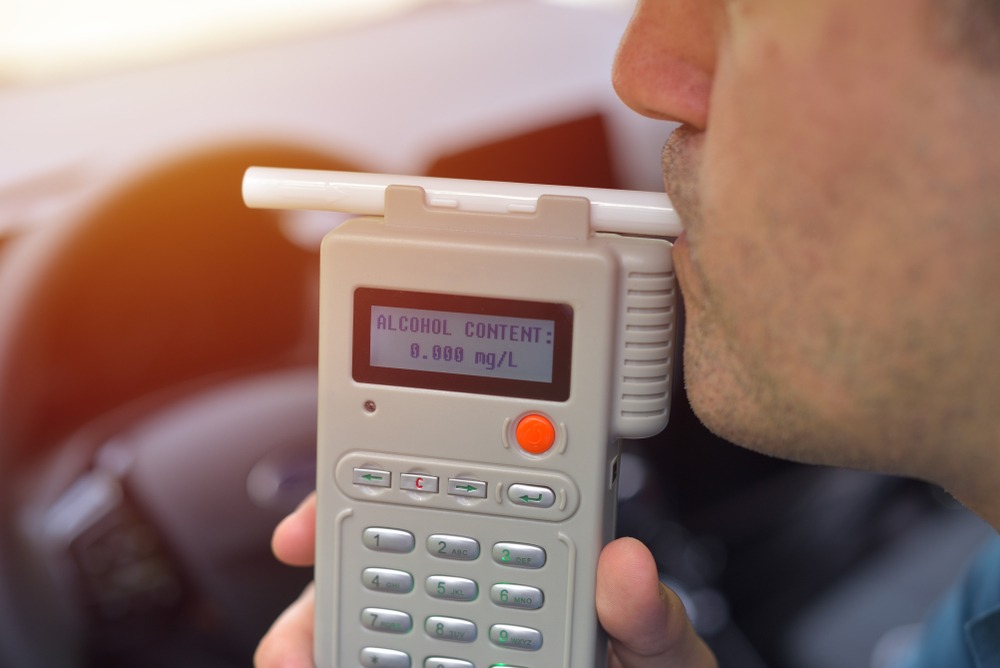Breathalyzer testing is used by police as the primary method for detecting alcohol and measuring the concentration in blood in situations where urine or blood draws are not possible. That’s usually the case in traffic stops. Because officers have this capability, drivers think twice about driving impaired, helping to prevent alcohol-related accidents.
A common question is how long after drinking, the breathalyzer can detect alcohol on a person’s breath. The blood alcohol concentration is designated by a percentage. The measurement is equal to the “weight of ethanol in grams for every 100 milliliters of blood.” So how does it work when the tool tests using your breath?
When consuming alcohol, the liquor enters the bloodstream relatively intact as it passes through the body following the blood flow. When blood passes the lungs, alveoli or tiny air sacs absorb evaporated alcohol which can then be detected as the individual exhales, presenting as a concentration of blood alcohol or BAC.
The ratio exhaled of air to blood is “2,,100 milliliters of air that contains as great as 1 milliliter of blood.” How long following consumption can a breathalyzer detect the number of beers you have, and can you beat the system? Let’s find out.
Table of Contents
ToggleHow Long Following Consumption Can A Breathalyzer Detect Beers On Your Breath?

It’s vital to understand a breathalyzer cannot be “fooled.” These tools are remarkably reliable with a high degree of accuracy. When determining how long following consumption, the machine can detect much beer on your breath; a primary consideration is how a person’s body metabolizes the liquor.
As it stands, a majority of the alcohol will metabolize while a small percentage will release through sweat, urine, and breath. According to experts, you can roughly presume that “0.015 blood alcohol content will break down over the course of an hour – for every hour you don’t drink, this concentration will drop 0.015.”
If you consider a standard drink, any liquor, including a beer with roughly 14 grams of alcohol, as raising the BAC by “0.02” taking into consideration variables including gender, body size, and on, the BAC should be around 0 within that hour if you consume nothing in that time frame.
The issues that arise are if you were to drink at a faster pace, consuming more in that hour than a standard drink, perhaps two or three. The liver is unable to process liquor that is fast, meaning it will build up in the bloodstream, causing a higher BAC. That means you can reach the legal limit of 0.08 BAC in that hour, potentially with only three beers.
However, if you stop, it can drop after that hour falling to roughly “0.65,” below the legal limit. But in order to fully process these beers, it would take as long as “five hours and twenty minutes” depending on your body’s metabolic conditioning.
If you were to report to work in the morning and consumed beer well into the night, you could still be considered drunk if there were a traffic stop or a random urine test on the job. Binge drinking can result in alcohol remaining in the system for well over a ten-hour time span.
Breathalyzers are so sensitive that they can test positive for blood concentrations after only 15 minutes of consuming liquor. Regardless if you make attempts to “sober up,” the BAC will require the same amount of time to reduce.
The only way to “beat” a breathalyzer test is to become educated on BAC and pay attention to how you drink while out. You can make better decisions when informed and recognizing how your body processes liquor.
Is It Possible To Get A DUI After Having Two Beers?
Again, how you process beer depends on your body chemistry, gender, size, and other variables.
As a general guideline, when drinking two standard-size beers at 12 ounces which would fall at roughly 5 percent alcohol, the average male could possibly achieve a concentration within the blood of around “0.043 percent”. In contrast, the average woman would reach “0.057 percent.”
It takes roughly an hour to drop 0.015 percent after stopping consumption, so it would take approximately three hours to reach a 0 concentration.
It’s important to remember simply because you’re not at the 0.08 percent doesn’t mean you won’t be arrested for driving under the influence. That will be at the officer’s discretion, considering you still pose a threat on the roadway.
The takeaway is to think before you start drinking. Once alcohol hits the system, mental clarity goes out the window. That means you’ll be unable to track what you’re having, how many hours are passing, and where your concentration level is. The planning needs to be done ahead of time to be responsible.
Decide before heading out the number of drinks you’ll have and pick a trusted friend who won’t be having drinks to keep you accountable Aim for one standard drink with each passing hour.
When you set this as your goal, not only will you remain safe, but you’ll save some cash. You can use the time between drinks wisely by staying hydrated with a glass of iced water.
When it’s time to go home, if you or your sober friend feel you should avoid driving, contact a taxi or a ride service for your greater good and everyone on the roadway.
Conclusion
Regardless of whether you have 1, 2, or 3 beers, it’s important that these be standard size, roughly 12 ounces at approximately 5 percent alcohol content, and that you drink them slowly, one per hour, with a glass of iced water in between. You can keep your BAC in check, stay hydrated and potentially drive home safely with an adequate plan.
When you consume these rapidly in succession, you run into problems. If you are out with friends, there’s no competition; no one’s in a hurry. It’s okay to take your time, taste the beer, and enjoy the flavor. What are the positives of getting drunk and acting up-my thoughts are blank.

I am a passionate beer connoisseur with a deep appreciation for the art and science of brewing. With years of experience tasting and evaluating various beers, I love to share my opinions and insights with others and I am always eager to engage in lively discussions about my favorite beverage.
















